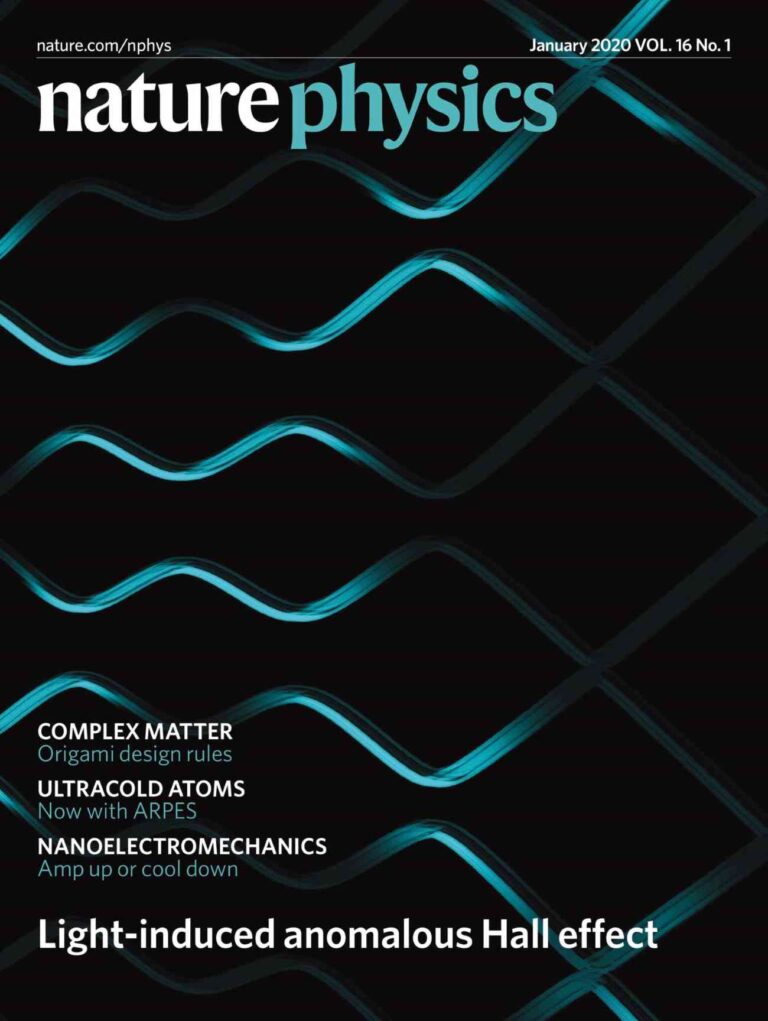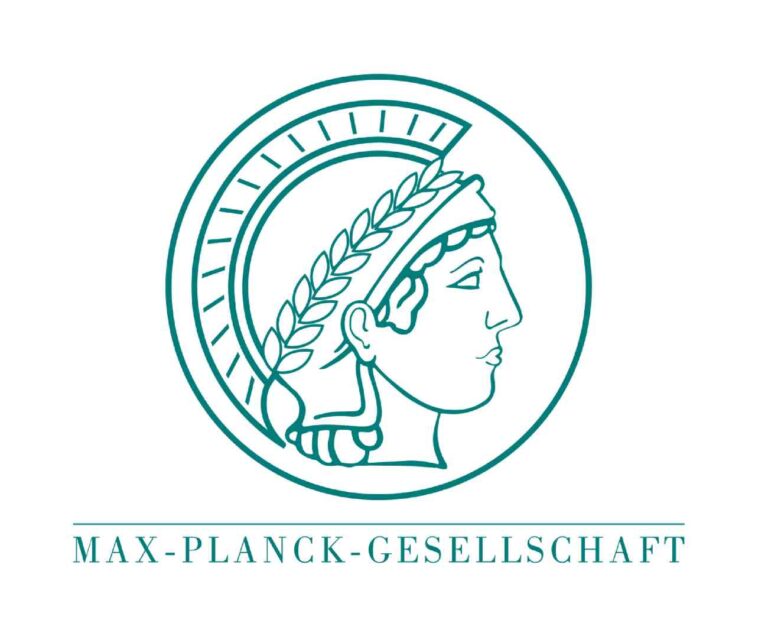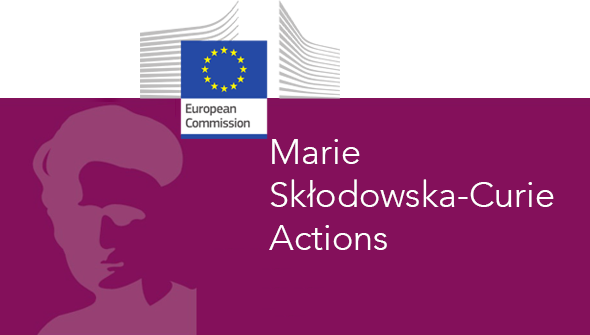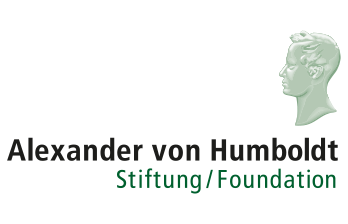Ultrafast transport in quantum materials
About
We investigate transport phenomena in quantum materials at terahertz frequencies and on ultrafast timescales. We are particularly interested in exploring how charge transport is modified in the presence of strong laser fields, where quantum effects that are inaccessible under equilibrium conditions can be realized. We do so using a suite of ultrafast optoelectronic techniques.
The group was founded at the Max Planck Institute for the Structure and Dynamics of Matter (MPSD) in Hamburg, and transitioned to Columbia University in 2022. It is part of the Center for Non-equilibrium Quantum Phenomena, a collaborative research initiative between Columbia University, Cornell University, Flatiron Institute, Max Planck Institute for the Structure and Dynamics of Matter and Max Planck Institute for Polymer Research.
News
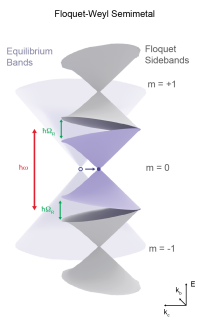
“Nonperturbative Nonlinear Transport in a Floquet-Weyl Semimetal” is published on Arxiv!
We report on Floquet engineering of an inversion symmetry broken Weyl semimetal. By driving the system with circularly polarized femtosecond laser pulses we measure the transport responses of a topological light-matter hybrid, with a large light-induced effective magnetic field.
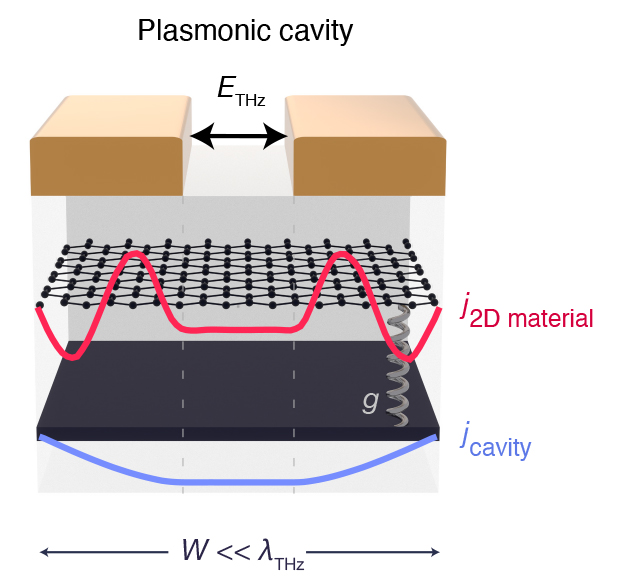
Our Paper On “Cavity electrodynamics of van der Waals heterostructures” is on Arxiv!
Our findings show that intrinsic cavity modes of metallic gates can sense and manipulate the low-energy electrodynamics of vdW heterostructures. This opens a pathway for deeper understanding of emergent phases in these materials and new functionality through cavity control.

DOE Early Career Award for James McIver
James McIver has been awarded the prestigious Early Career Award by the U.S. Department of Energy (DOE). He was selected for the proposed project Ultrafast Control of Topological Transport in Quantum Materials.
Colloquium: Nonthermal pathways to ultrafast control in quantum materials
Recent progress in utilizing ultrafast light-matter interaction to control the macroscopic properties of quantum materials is reviewed. Particular emphasis is placed on photoinduced phenomena that do not result from ultrafast heating effects but rather emerge from microscopic processes that are inherently nonthermal in nature.
Reviews of Modern Physics 93 (4), 041002 (2021)
MPSD press release
Light-induced anomalous Hall effect in graphene
Ultrafast transport measurements reveal an anomalous Hall effect in graphene driven by circularly polarized light. A Floquet-engineered topological band structure is the source of the effect.Nature Physics 16, 38-41 (2020)
Editorial in Nature Physics
News & Views by J.C.W. Song
MPSD press release



